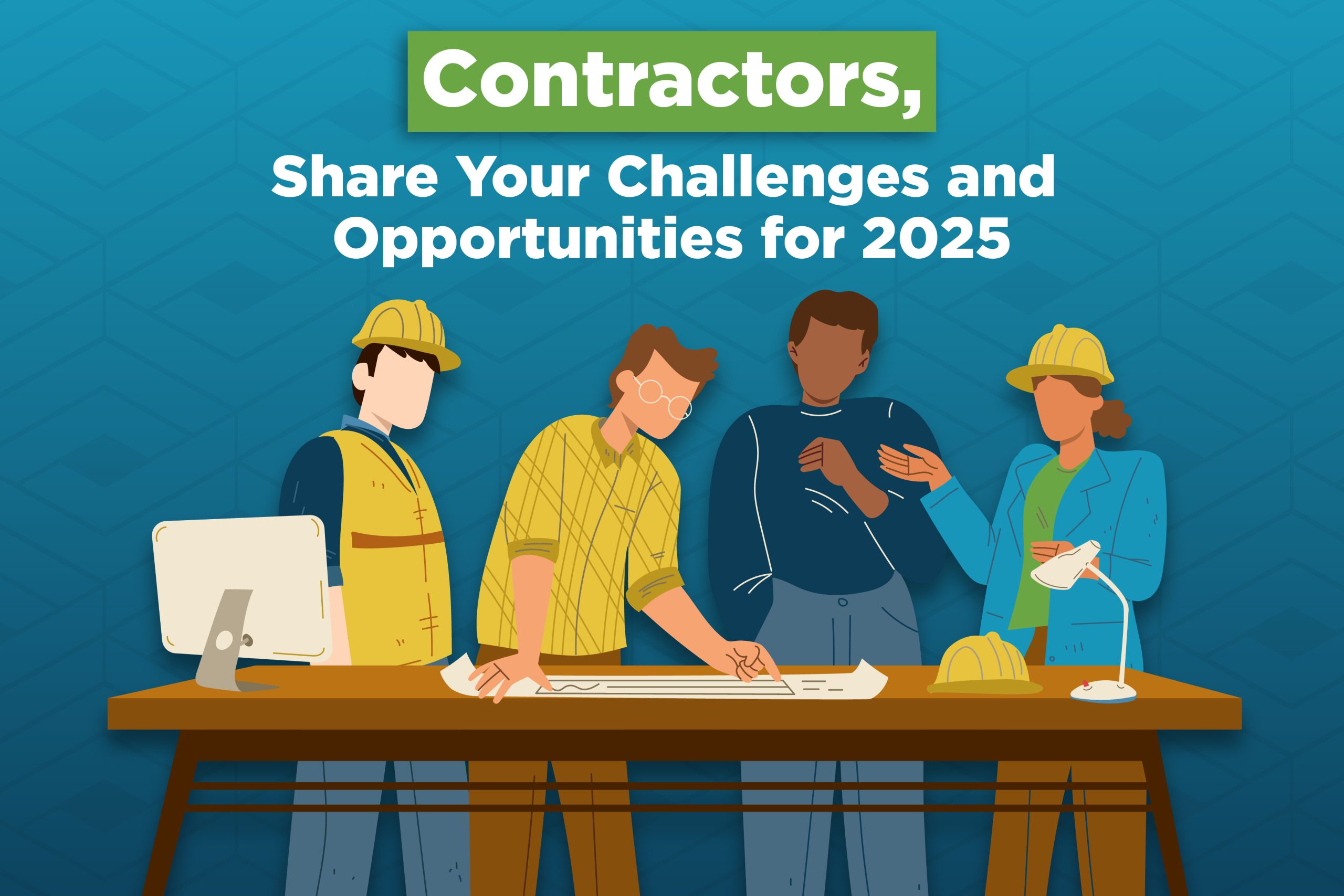Apr 6, 2022
Seeking Justice
Zave Walter, the State Outreach Coordinator for the Building Performance Association, is a highly experienced professional in the field of home energy efficiency. With over a decade of experience in conducting energy audits, air sealing, and whole-home retrofits, Zave is an expert in improving the comfort, safety, and efficiency of homes. His dedication to the industry is reflected in his passion for educating others on the value of home performance improvements. Zave's extensive knowledge and expertise make him a valuable asset to the Building Performance Association and the energy efficiency community as a whole.
By: Zave Walter

We are facing unparalleled Federal investment into reducing energy consumption and carbon emissions in homes and buildings across America. Many aggressive state goals, backed by infrastructure funds will require a significant increase in capacity growth across several sectors of our industry. With the increase in energy workers serving more customers, we must understand the value and risks associated with massive government investment.
President Roosevelt’s New Deal invested significantly into American infrastructure and jobs through incentive programs designed to transition our country into a new age. While products of that initiative included great programs like the Civilian Conservation Core and Social Security, there were less obvious, and downright sinister, government interventions that set forth generational discrimination specifically targeted against people of color.
In the mid-1930s, the Federal Housing Administration (FHA) started subsidizing new construction efforts to help offset a looming housing crisis. This spurred a boom in construction around many of the cities that we now consider suburbia. Many of these suburbs went on to gain significantly in value over time, and today are considered some of the most affluent neighborhoods. At the time, the FHA was refusing to insure mortgages for builders and homeowners unless they agreed to only sell to white families. They were specifically forcing people of color into urban areas by using government money as a catalyst for the empowerment of white people—ultimately leaving a legacy of segregation that we still see to this day.
The term the banks and government used was called “redlining” and the FHA underwriting manual specifically stated, “incompatible racial groups should not be permitted to live in the same communities.” There were even efforts to build walls and construct highways to divide the races in an effort to preserve the wealth of one class, and specifically deny wealth to another. The equity derived from these behaviors throughout the ‘40s and ‘50s fell squarely into the pockets of white families, allowing their children an opportunity for advancement that children of color and immigrant communities were deprived of. If those homes gained hundreds of thousands of dollars in equity over time, this disproportionate government subsidy favored one race over another that has led to systemic destabilization.
Since government subsidies over time have been fraught with inequities, it is imperative that further investment specifically focus on overturning previous discriminatory behaviors and provide specific assistance to communities that have been historically impacted. Alongside climate subsidies, the Justice40 Initiative will provide 40% of the overall benefit from Federal investments to disadvantaged communities. This initiative will be providing direct support and transparency on the dissemination of program funds to ensure environmental justice is served proportionately, and fairly.
As an Association, we are committed to diversity, equity, and inclusion not just in theory, but in practice. We are taking specific steps to ensure that our behaviors reflect that mission, and not just checking the boxes. Our new workforce development initiatives will focus specifically on previously underserved communities and communities affected by systemic bias and provide the tools that people need to help themselves. Through dynamic state outreach, our teams are listening to the voices on the ground and crafting solutions that meet people where they are, not where we think they need to go. Our primary goal is to lift the stories from our diverse network of stakeholders doing great things, serving workers and customers most impacted by historical inequity. This includes BIPOC and New American communities, regions affected by the transition from fossil fuels, poverty stricken rural regions, and urban centers for economic growth.
%20Baltimore%20Breathes%20Easier%20with%20Energy%20Retrofits%20FINAL.00_03_42_25.Still007.jpeg)
We are guided by the moral imperative that everyone is created equal, but historically have not been treated equally. As a collective, we can work cooperatively to ensure that this massive infrastructure spending package can be leveraged for maximum benefit without leaving anyone out. Utilizing specific data methodologies and census tracking, the efforts can be laser-focused and inserted into every step of the process ensuring equitable delivery. The leaders of our industry must stand up in a respectful manner and ensure that their actions are inclusive and inviting for all to participate. It is through open and honest conversations that we can learn and grow together for the benefit of humanity.
If you have a story that highlights a successful transition towards a more diverse, equitable, and inclusive building performance industry, please tell everyone about it on our community forum. Together we have an opportunity for massive change to the current landscape of workers, communities, and industry that ensures a sustainable future for all humans.





